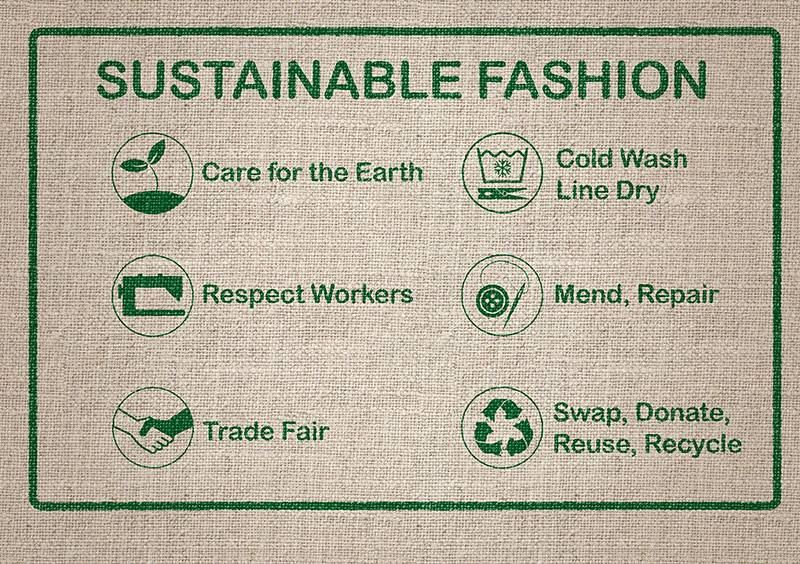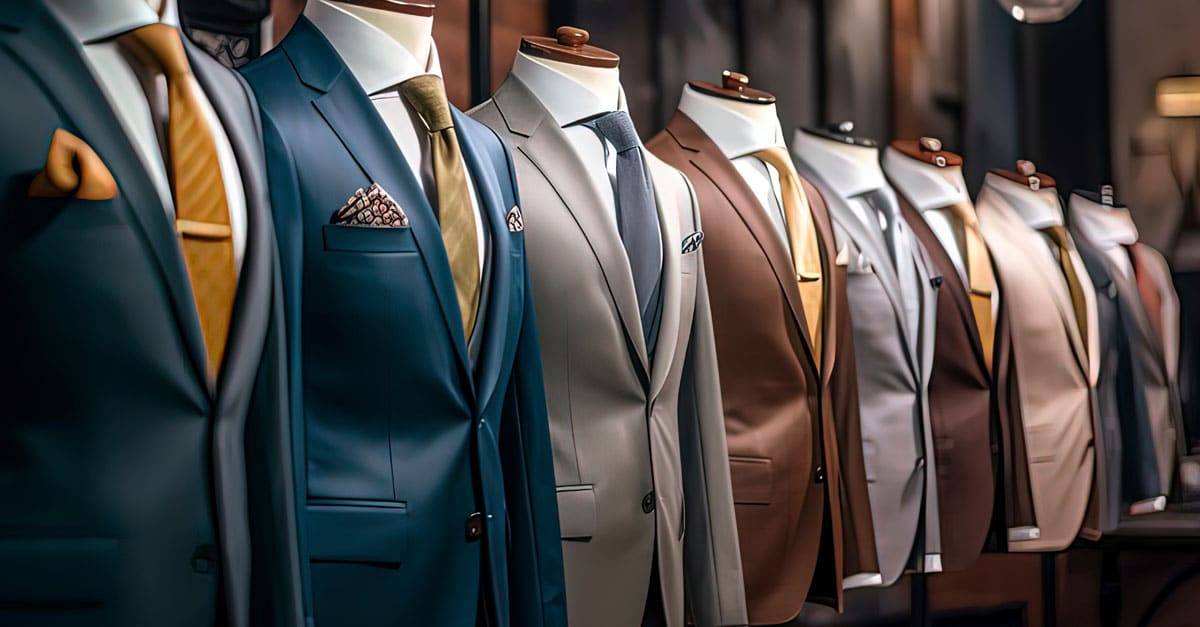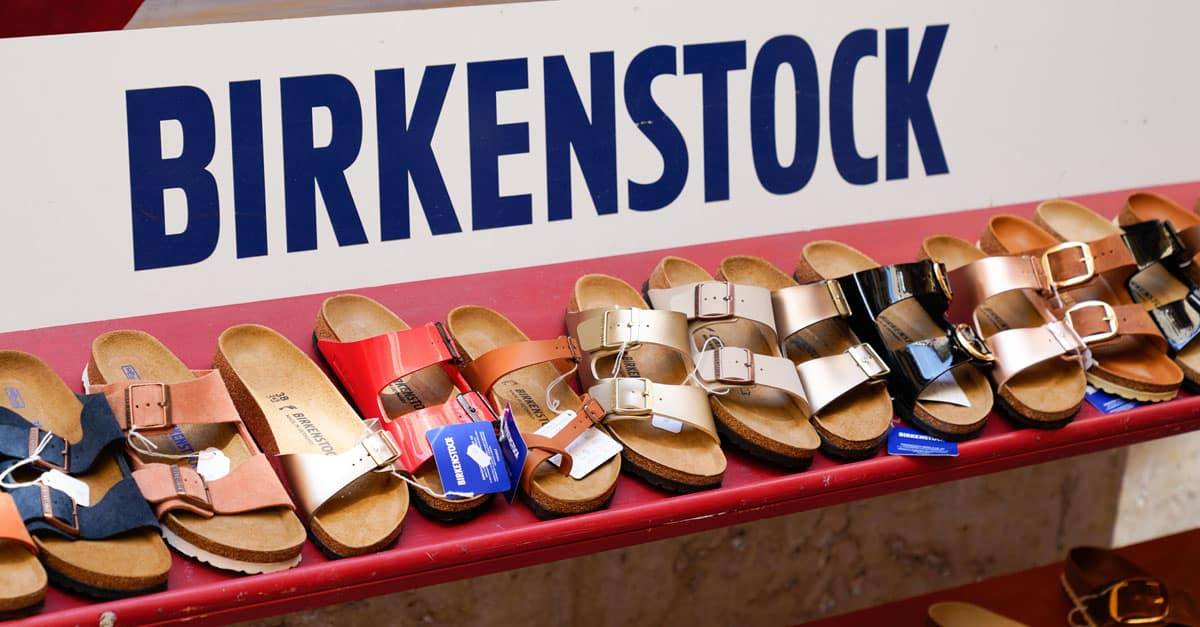
The Rise of Circular Fashion
Circular fashion is a major trend that will shape the industry in 2023. This concept involves designing clothes with the intention of reusing, recycling, and repurposing them. By creating durable garments that can be worn for longer periods of time, brands aim to reduce the amount of clothing that ends up in landfills.
According to the findings of a recent report conducted by a team of prominent industry and academic experts, the estimated value of the circular economy within the fashion industry could reach an impressive $5 trillion. This highlights the growing importance of circular fashion as a sustainable solution to the industry’s waste problem. Brands are exploring innovative ways to implement circularity into their business models, such as offering resale options, rental services and upcycling initiatives.
Repurposing & Upcycling
In line with the circular fashion movement, repurposing and upcycling are gaining popularity in the industry. Brands are using existing fabrics and materials to create new garments, reducing the need for new resources. For example, vintage textiles are repurposed to create unique and sustainable fashion items. The Ellen MacArthur Foundation reports that upcycling can help reduce the environmental impact of the fashion industry by up to 30%. This demonstrates the significant potential of reuse and upcycling as effective strategies for sustainability in fashion.
Ethical and Transparent Manufacturing
Consumers today are increasingly interested in knowing where their clothes come from and how they are made. In response to this demand, brands are embracing transparency and ethical manufacturing practices. By being more transparent about their supply chains and manufacturing processes, brands can build trust with their customers and empower them to make more informed purchasing decisions. Brands are implementing fair labor practices, ensuring safe working conditions, and promoting supply chain transparency to meet the expectations of their socially conscious consumers.
Your Wealth, Our Priority: Altoo's Consolidation Power, Secure Document Management, and Seamless Stakeholder Sharing for High Net Worth Individuals. Preview Platform.

Green Practices and Regulation
In 2023, the fashion industry will see an increase in green practices and regulations. Governments and organizations are taking steps to enforce stricter environmental standards and promote sustainability in the supply chain. For example, the European Commission has launched a new strategy for circular and sustainable textiles, which emphasises the implementation of a digital product passport for all physical goods.
By introducing electronic labels and providing transparent information about products, brands can empower consumers to make more sustainable choices. This will also help curb greenwashing practices and hold brands accountable for their environmental claims. In addition, new regulations are being proposed to address issues such as pollution, waste management, and overproduction.
Integration of Data and Artificial Intelligence (AI)
Data and artificial intelligence (AI) play a crucial role in driving sustainability in the fashion industry. Brands are leveraging advanced analytics and machine learning to better predict fashion trends, consumer behaviour, and sales. This enables them to reduce the number of unsold clothing items and minimise waste.
Virtual fitting rooms and personalised styling services are other AI-driven innovations that enhance the consumer experience while reducing returns. By providing accurate sizing recommendations, brands can minimize the environmental impact of unnecessary returns and improve customer satisfaction.
Renting: An Alternative to Buying
Another emerging trend in sustainable fashion is the concept of renting. Instead of buying new clothes, consumers can rent them for a fraction of the cost. This not only allows individuals to access high-end fashion at a lower price but also reduces the environmental impact of clothing production and consumption.
Rental platforms and fashion libraries are gaining popularity, offering consumers a wide range of options to choose from. Many top designers are partnering with rental companies to allow customers to wear their designs without the need for ownership. This trend aligns with the shift to a more circular economy, where the focus is on maximising the use of resources.













